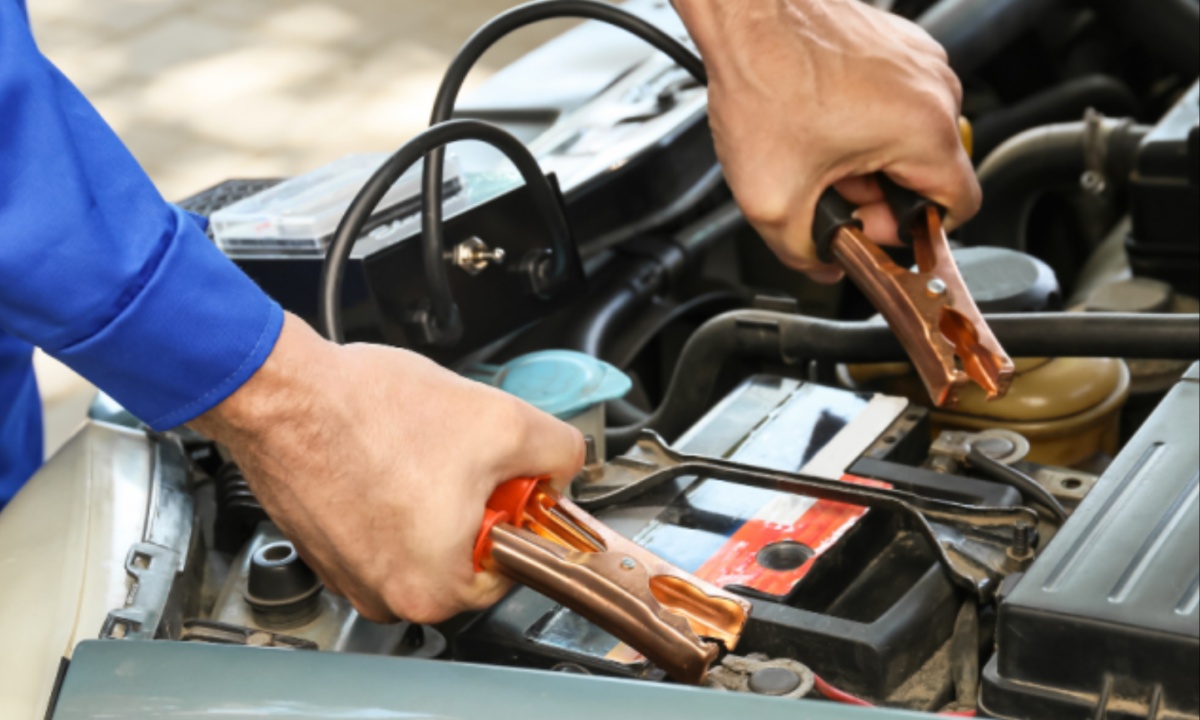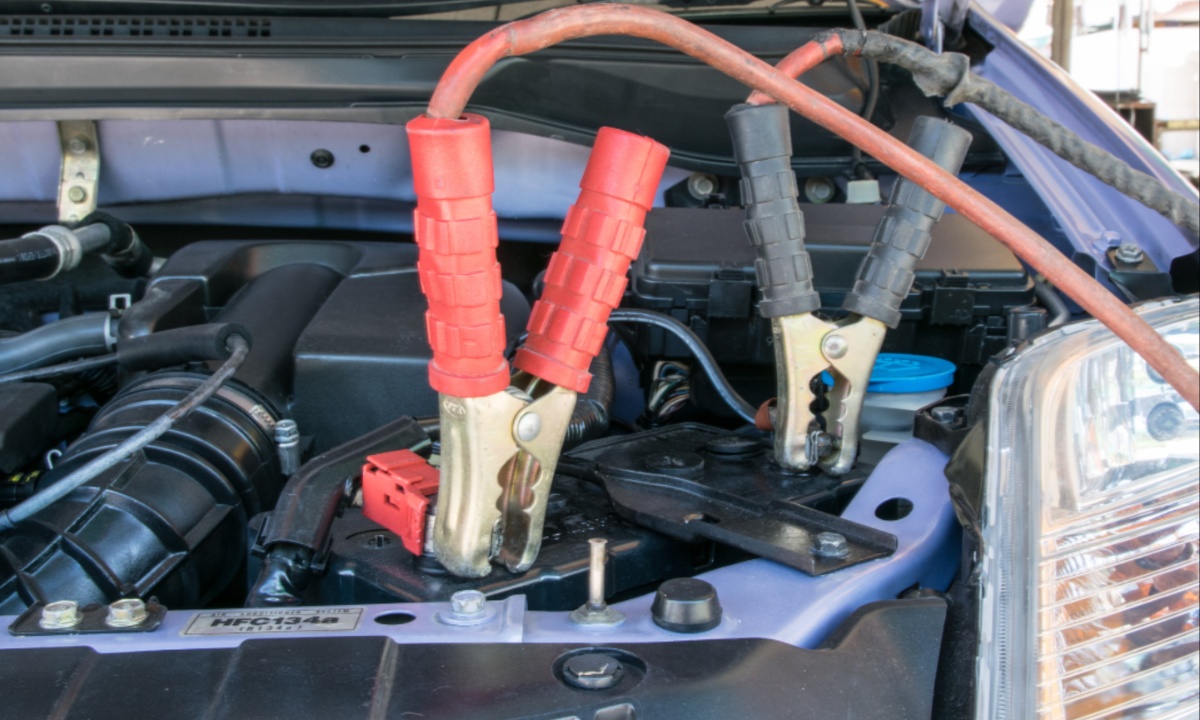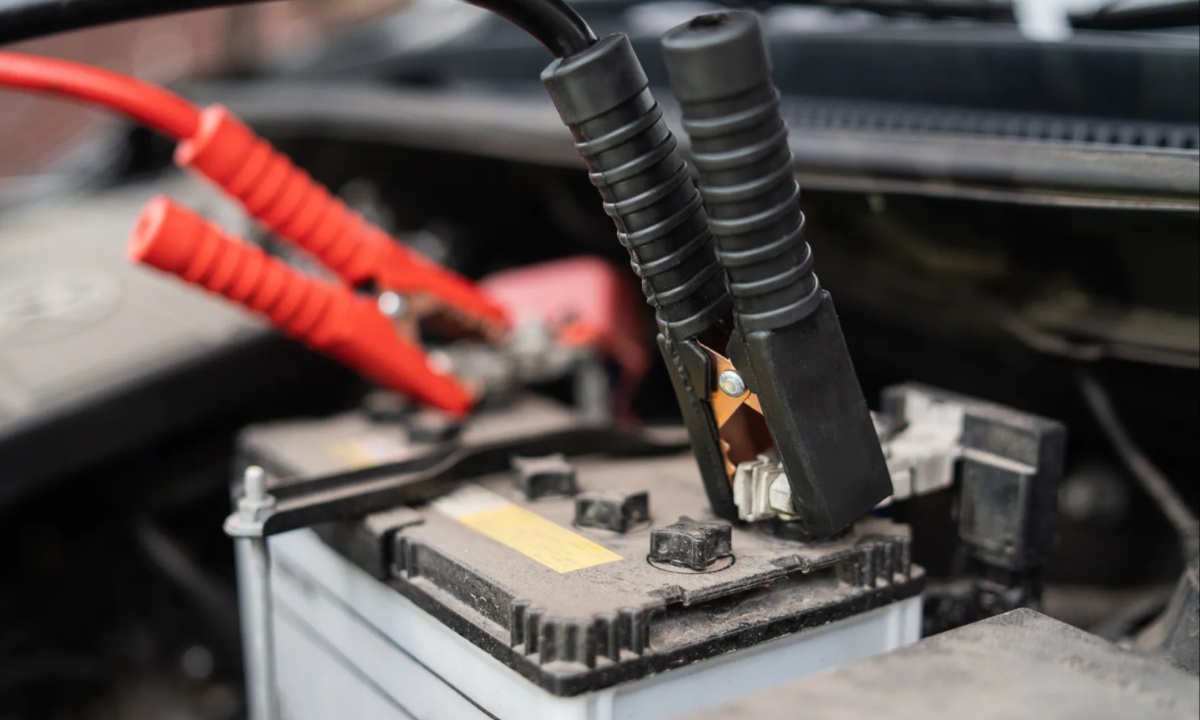Car batteries are critical to your vehicle’s operation, serving as the primary power source for starting the engine and supporting its electrical systems. However, like any component, they have a limited lifespan and can lose effectiveness over time. Regular care and maintenance can not only prevent unexpected breakdowns but also extend the life of your car battery. This guide offers practical tips for maximizing your car battery’s performance and longevity.
By understanding the factors that affect battery health and adopting proactive habits, you can reduce the likelihood of sudden battery failure. Here are ten actionable steps to ensure your car battery stays in peak condition and powers your vehicle reliably for years to come.
Test Your Battery Regularly
Regular testing of your car battery can help detect potential issues before they become major problems. Auto shops often provide free battery testing services, which can identify declining performance or low voltage. It’s a good practice to test your battery every six months, especially before extreme weather seasons. These checks can save you from unexpected breakdowns, ensuring that your battery is always reliable.
Battery tests are particularly important for vehicles that are not driven frequently, as unused batteries can lose their charge over time. Identifying problems early allows you to address them promptly, whether by charging the battery or considering a replacement.
Protect Your Battery From Extreme Temperatures
Extreme weather, both hot and cold, can significantly affect battery performance. In colder temperatures, batteries may struggle to start the car due to a reduced capacity to produce power. Similarly, high temperatures can cause the battery’s internal fluids to evaporate, reducing its efficiency. To minimize these effects, park your car in a garage or shaded area whenever possible.
Using insulation wraps or thermal blankets can also help maintain the battery’s temperature during extreme conditions. These simple precautions can prevent weather-related wear and extend the overall lifespan of your battery.
Avoid Short Trips
Frequent short trips can prevent your battery from fully charging, as starting the car consumes significant power. If the vehicle isn’t driven long enough, the alternator doesn’t have sufficient time to replenish the battery. Over time, this pattern can reduce the battery’s capacity and shorten its lifespan.
To counteract this, aim to drive your car for at least 15 to 20 minutes at a time. This ensures that the alternator has enough opportunity to recharge the battery fully, maintaining its optimal performance.

Drive Your Car Regularly
Letting your car sit idle for extended periods can lead to battery discharge, as even when the car is off, certain systems like the clock and alarm draw a small amount of power. To keep your battery in good health, make it a habit to drive your car at least once a week. Even a short drive can help recharge the battery and prevent it from going flat.
If you’re unable to drive your car regularly, consider using a trickle charger to maintain the battery’s charge. This is especially important for vehicles in storage or those not in use for extended periods.
Ensure Secure Connections
Loose or corroded battery connections can disrupt the flow of electricity, making it difficult to start your car. Regularly inspect the battery terminals to ensure they are tightly secured and free from corrosion. If you notice rust or buildup, clean the terminals with a mixture of baking soda and water, and tighten any loose connections.
Routine checks can also reveal signs of wear and tear on the battery cables. Addressing these issues promptly can prevent electrical problems and prolong your battery’s efficiency.
Keep Your Battery Clean
A clean battery is essential for maintaining a strong electrical connection. Dirt, grease, and corrosion on the battery terminals can cause resistance, leading to power loss and difficulty starting the car. Use a dry cloth to remove any debris and periodically clean the terminals with a baking soda solution.
Regular cleaning not only ensures a reliable connection but also reduces the risk of battery self-discharge caused by grime buildup. This simple maintenance step can go a long way in extending your battery’s lifespan.
Turn Off Electrical Components
Leaving electrical components like headlights, air conditioning, or the radio on when the engine is off can drain the battery unnecessarily. Before turning off your car, double-check that all such components are switched off. This habit reduces strain on the battery and preserves its charge.
Additionally, when starting the car, avoid using high-energy components until the engine is running. This practice ensures that the battery focuses its energy on starting the engine, reducing wear over time.

Check the Alternator
The alternator plays a crucial role in charging the battery while the car is running. A faulty alternator can lead to a weak or dead battery, as it may not supply adequate power. Warning signs of a failing alternator include dim headlights, flickering dashboard lights, or a stalling engine.
If you suspect an alternator issue, have it inspected and repaired promptly. Ensuring the alternator is in good condition can prevent unnecessary battery drain and keep your car’s electrical system functioning smoothly.
Use a Battery Charger When Needed
For cars that are not used frequently, a battery charger or trickle charger can help maintain a consistent charge. These devices are particularly useful for vehicles in long-term storage or those driven only occasionally. By keeping the battery charged, you can prevent it from discharging completely and losing capacity.
Investing in a quality charger can also save you from the inconvenience of jump-starting your car or replacing a prematurely drained battery. It’s a simple yet effective way to keep your battery healthy during periods of inactivity.
Replace the Battery When Needed
No matter how well you care for your battery, it won’t last forever. Most car batteries have a lifespan of three to five years, depending on usage and environmental factors. If your car is struggling to start or shows signs of a weak battery, such as dim lights or clicking noises when you turn the key, it may be time for a replacement.
Regular testing and maintenance can help you gauge when a replacement is necessary. By acting promptly, you can avoid the inconvenience of a dead battery and ensure your car runs smoothly.

